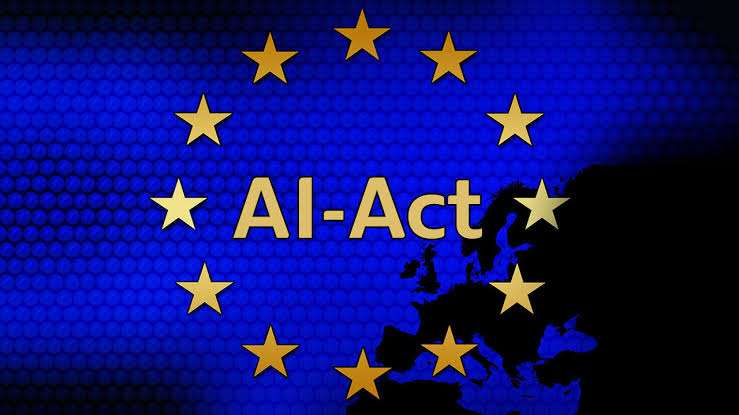
EU to Introduce AI Law Due to Innovation Concerns
The EU is set to pass groundbreaking legislation on AI, aiming to balance innovation with human rights protection.
The European Union is on the verge of passing the most comprehensive legislation on artificial intelligence (AI) that has ever been enacted, which will be a significant step for the technological landscape.
The Artificial Intelligence Act of the European Union seeks to balance fostering innovation and protecting fundamental human rights.
However, partnerships with industrial giants like Microsoft have sparked debate about the regulation’s potential limitations.
EU To Introduce Comprehensive AI Act
As the Parliament gathers to ratify the legislation, there are concerns over the influence that it will have on the continent’s ability to compete in the global race for artificial intelligence.
It’s efforts to regulate artificial intelligence are culminating in the approval of the AI Act today, marking a key milestone in the governance of AI on a worldwide scale.
According to a report by Bloomberg, Legislators are scheduled to vote on the Artificial Intelligence Act today. This legislative proposal has stirred discussions in the technology industry, particularly in the artificial intelligence (AI) sector.
In the meantime, legislation has been in the works since 2021, safeguarding individuals while encouraging innovation.
It has been gathering speed by introducing sophisticated artificial intelligence models like OpenAI’s ChatGPT, which Microsoft supports. European policymakers emphasize the Act’s role in establishing Europe as a global leader in trustworthy artificial intelligence.
Particularly noteworthy is that Dragos Tudorache, a significant player in the progression of the legislation, along with MEP Brando Benifei, stressed that the it has fulfilled its pledges without any hesitation or delay.
In addition, Thierry Breton, the commissioner for the internal market of the European Union, reiterated this opinion and declared that Europe has recently established itself as a benchmark for trustworthy artificial intelligence.
Meanwhile, the Artificial Intelligence Act takes a risk-based approach, which means it not only imposes rigorous regulations on high-risk AI systems but also provides a framework for compliance.
Breton emphasizes the importance of the European Union (EU) taking a balanced approach by arguing for laws to be imposed to the necessary extent while also seeking to limit interference.
He emphasizes utilizing proportionate measures customized to the specific requirements of AI models, demonstrating his dedication to regulating prudently without stifling innovation.
Stakeholders are scrutinizing the Artificial Intelligence Act for any loopholes and industry influence despite lauding it as a significant achievement.
Lobbying activities by startups like Mistral AI and industry heavyweights like Google and Microsoft highlight the stakes involved.
Watchdogs warn that corporations could weaken the Act through their lobbying efforts, despite EU executive Breton’s assurances of its resistance to special interests.
Industry associations like the CCIA are striving for transparency and flexibility to maintain a delicate balance between innovation and regulation and prevent stifling innovation.
As a result of the growing demand for artificial intelligence services across the world, several countries are making preparations to implement legislation that would prevent the inappropriate application of the technology.
On the other hand, many have voiced their fears that an excessive amount of overreach from the regulators could impede innovation within the sector.
One of the challenges that the European Union (EU) has as it moves forward with its artificial intelligence (AI) laws is finding the appropriate balance to encourage innovation while protecting fundamental rights and ethical standards.





